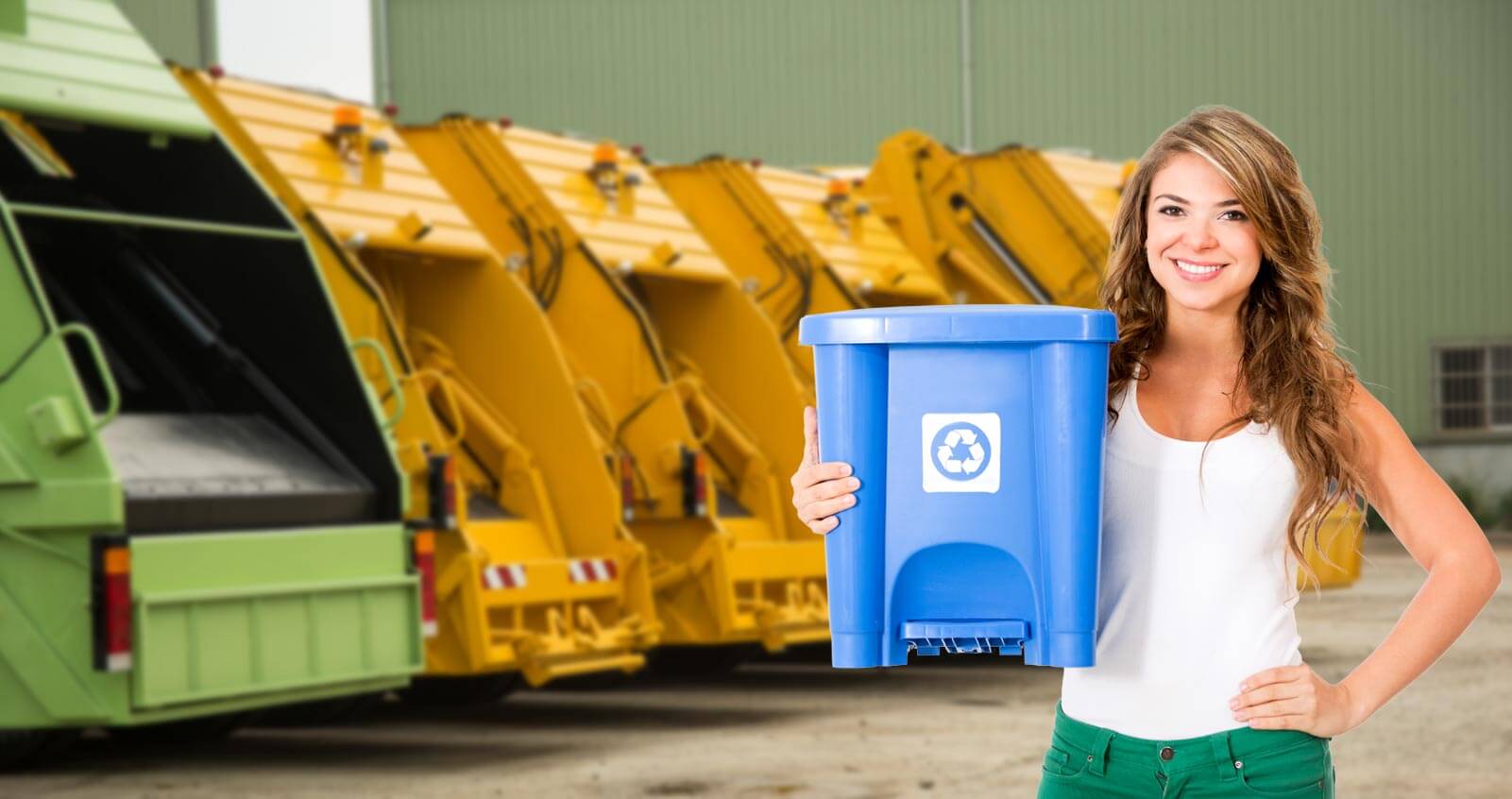An Overcrowded Cosmos: The Need for Outer Space Cleaner Efforts
Posted on 07/03/2025
In recent years, humanity has made great strides in terms of space exploration and technology. From landing on the moon to sending spacecrafts to Mars, we have expanded our reach beyond our own planet. However, with this progress comes a major concern - the growing amount of debris and litter in outer space. Our once-vast cosmic playground is slowly becoming overcrowded, posing a threat not only to future space missions but also to our planet. As such, there is an urgent need for cleaner efforts in outer space to preserve and protect our cosmic ecosystem.
The Dangers of Space Debris
Space debris, also known as "space junk", refers to any man-made object orbiting Earth that no longer serves a purpose. This includes old satellites, rocket stages, and even small fragments from past collisions. These objects can range from tiny screws to large chunks of metal, traveling at incredibly high speeds of up to 17,500 miles per hour. This poses a significant danger to functioning satellites and spacecrafts, as even the smallest debris can cause serious damage upon impact.
The problem of space debris is exacerbated by the fact that it never truly leaves Earth's orbit. It continues to circle around our planet indefinitely unless it falls back down due to atmospheric drag or collisions with other debris. This means that over time, the amount of space junk will only continue to grow, making our already crowded cosmos even more so.

The Need for Outer Space Cleaner Efforts
There are various efforts underway to address the issue of space debris. One such effort is through the implementation of guidelines and regulations for responsible satellite design and launch practices. This includes designing satellites with built-in mechanisms for safe disposal after their useful life has ended.
Another approach is active debris removal (ADR), which involves physically capturing debris and removing it from orbit. The European Space Agency (ESA) has successfully tested ADR technology on a smaller scale and plans to launch a mission by 2025 to clean up some of the most congested areas of space.
However, more needs to be done. As our reliance on space-based technology continues to increase, so does the amount of debris. It is crucial for governments and organizations to prioritize and invest in cleaner efforts in outer space to prevent potential collisions that could impact not only space missions but also vital services on Earth such as telecommunications, weather monitoring, and GPS navigation.
The Pros and Cons of Outer Space Cleaner Efforts
Pros:
1. Protecting Future Space Missions: By removing debris from orbit, we can reduce the risk of collisions and protect valuable space assets for future missions.
2. Sustainable Use of Outer Space: By actively working towards a cleaner outer space, we can ensure the sustainable use of this resource for generations to come.
3. Promoting Innovation: The development of ADR technology and other methods for cleaning up outer space presents opportunities for technological advancements and innovation.
Cons:
1. High Cost: Outer space cleaner efforts can be extremely expensive, making it challenging to secure funding and resources.
2. Technological Limitations: While ADR technology has shown promise, it is still in its early stages and faces many technical challenges.
3. Potential Lack of International Cooperation: As outer space is a global commons, it requires international collaboration and cooperation to address the issue of space debris effectively.
Tips for a Cleaner Cosmos
1. Responsible Satellite Design: All satellites should be designed with end-of-life plans in place to ensure responsible disposal after their useful life.
2. Reduce Launches: The more satellites that are launched into orbit, the higher the risk of potential collisions. Governments should limit unnecessary satellite launches.
3. Improved Tracking Systems: Enhanced tracking systems will help monitor and identify potential hazards and enable more efficient removal operations.

Takeaways
1. Space debris poses a significant threat to current and future space missions as well as vital services on Earth.
2. Governments, space agencies, and organizations must work together to prioritize and invest in cleaner efforts in outer space.
3. Responsible satellite design, reduced launches, and improved tracking systems are essential steps to a cleaner cosmos.
In Conclusion
The vastness of space has always been a symbol of endless possibilities for humanity. However, with the increasing amount of debris in orbit, our cosmic future is at risk. It is crucial for us to take responsibility and work towards a cleaner outer space to protect not only our current technology but also the potential advancements that await us beyond our planet's reach. By implementing responsible design practices, reducing the number of launches, and investing in advanced cleaning technology, we can ensure a sustainable and clutter-free cosmos for generations to come. Let us make this a priority now before it becomes an insurmountable problem in the future.




